"Swiss watches", "German cars", "Japanese machines", "Cuban cigars"... are product groups associated with a country's name as a way to identify the brand and origin. So when mentioning Vietnam, what do people around the world think of?
Coffee is one of Vietnam's agricultural products that has made an international mark. In the photo: Singaporean Foreign Minister Vivian Balakrishnan was delighted to drink egg coffee for the first time in Hanoi during his visit to Vietnam in August 2023 - Photo: NGUYEN KHANH
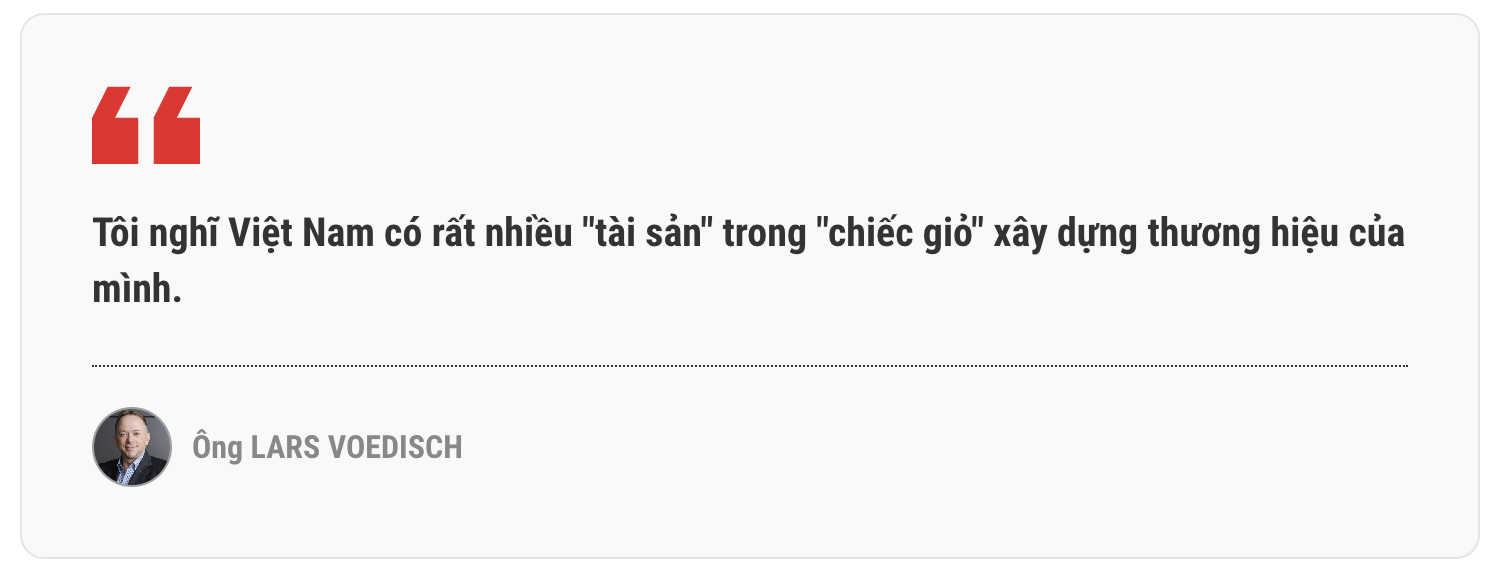 That could be the key question, laying the foundation for bringing Vietnamese brands to the international market. Despite being a country with export strengths, some reports over the years have shown that only about 10 Vietnamese brands are among the top 1,000 brands in Asia. Communication and branding expert LARS VOEDISCH - Group CEO at PRecious Communications - shared with Tuoi Tre about the importance of branding in the journey to bring Vietnamese businesses to the world. * How important is branding to the desire of Vietnamese businesses to go abroad, sir? - When you choose to buy a product, what you ultimately choose is not just the quality or how the product operates. You choose to buy because you believe in the promise of a brand. The value you place on the product is always linked to the value you feel, which extends to the value of the brand. When you buy a branded product, you expect a certain commitment from that product. I think this is very important for the expansion of Vietnamese businesses abroad. Consider the aspect: Through your brand, what promise do you convey to customers when they buy products or use services from a business from Vietnam? Besides, it is important that you know which market segment your brand is applied to. I think this is also a bit difficult when Vietnam has not yet affirmed its brand as number 1 in a specific market segment. I understand that Vietnam has many strengths in mechanics besides traditional products such as textiles, cashews, coffee... But we have to understand what these products represent, such as Germany is famous for mechanics and Japan is famous for consumer electronics and there are many other examples. * According to your observation, how are Vietnamese businesses currently doing the "made in Vietnam" brand? - Looking at this context, we know that Vietnam has a lot of high-quality products. There are also many multinational companies coming to Vietnam to manufacture and export products to the international market. But it must be seen that when compared to other countries, Vietnam is still quite new in the journey of building its identity as an international exporting country. For the journey of an emerging exporting country, initially you will compete on price, then on quality products at affordable prices, and then on the product segment with high quality and high prices. Like since World War II, goods labeled "made in Germany" made in Germany have stood out as quality items, regardless of price because they have never competed on price. Then we have goods from Japan, affordable quality and affordable prices. In the case of China, they initially emerged as a country with cheap products but we can see how China has recently changed its "identity" in the electric car market. * Vietnam is still on the journey of building its identity in a more global and competitive direction. So what do users associate with the brand "made in Vietnam"? - In this regard, I think we are still in the process of building an identity. It is quite easy to just mention the choice of logo, color or slogan but it takes more time for users to be able to connect and trust the values that come with the brand "made in Vietnam". Vietnam has a number of pioneering brands that have achieved global recognition. This shows that many Vietnamese entrepreneurs are leading the way in innovation and quality. So to build a Vietnamese brand associated with quality, you need to have standards that prove you are really good, and you need connections that help you improve your identity. * So how to bring the Vietnamese brand to the world, sir? - We have to admit that users around the world do not know much about Vietnam. But once they know Vietnam, they travel here and feel very excited, from there they start to love this place. I think Vietnam has a lot of "assets" in its "basket" of brand building. You have culture, heritage, friendly people, along with manufacturing and innovation. I think these factors can help build a very interesting brand. When you look at major sporting events, such as the European Football Championship or the Olympics, you can see that global sponsors for these events over the years have changed significantly. For example, at Euro 2024, you suddenly saw a lot of advertisements from many brands from China. At these major events, sponsorship is often associated with national branding. Like the way Middle Eastern countries promote their airlines, they sponsor Qatar and Emirates with big football teams. Besides, Thailand has Chang beer sponsoring Everton football team in Europe. Users will look at it and ask: who are these brands, where are they from? And from here we achieve the first step of generating interest for our brand in very different markets.
That could be the key question, laying the foundation for bringing Vietnamese brands to the international market. Despite being a country with export strengths, some reports over the years have shown that only about 10 Vietnamese brands are among the top 1,000 brands in Asia. Communication and branding expert LARS VOEDISCH - Group CEO at PRecious Communications - shared with Tuoi Tre about the importance of branding in the journey to bring Vietnamese businesses to the world. * How important is branding to the desire of Vietnamese businesses to go abroad, sir? - When you choose to buy a product, what you ultimately choose is not just the quality or how the product operates. You choose to buy because you believe in the promise of a brand. The value you place on the product is always linked to the value you feel, which extends to the value of the brand. When you buy a branded product, you expect a certain commitment from that product. I think this is very important for the expansion of Vietnamese businesses abroad. Consider the aspect: Through your brand, what promise do you convey to customers when they buy products or use services from a business from Vietnam? Besides, it is important that you know which market segment your brand is applied to. I think this is also a bit difficult when Vietnam has not yet affirmed its brand as number 1 in a specific market segment. I understand that Vietnam has many strengths in mechanics besides traditional products such as textiles, cashews, coffee... But we have to understand what these products represent, such as Germany is famous for mechanics and Japan is famous for consumer electronics and there are many other examples. * According to your observation, how are Vietnamese businesses currently doing the "made in Vietnam" brand? - Looking at this context, we know that Vietnam has a lot of high-quality products. There are also many multinational companies coming to Vietnam to manufacture and export products to the international market. But it must be seen that when compared to other countries, Vietnam is still quite new in the journey of building its identity as an international exporting country. For the journey of an emerging exporting country, initially you will compete on price, then on quality products at affordable prices, and then on the product segment with high quality and high prices. Like since World War II, goods labeled "made in Germany" made in Germany have stood out as quality items, regardless of price because they have never competed on price. Then we have goods from Japan, affordable quality and affordable prices. In the case of China, they initially emerged as a country with cheap products but we can see how China has recently changed its "identity" in the electric car market. * Vietnam is still on the journey of building its identity in a more global and competitive direction. So what do users associate with the brand "made in Vietnam"? - In this regard, I think we are still in the process of building an identity. It is quite easy to just mention the choice of logo, color or slogan but it takes more time for users to be able to connect and trust the values that come with the brand "made in Vietnam". Vietnam has a number of pioneering brands that have achieved global recognition. This shows that many Vietnamese entrepreneurs are leading the way in innovation and quality. So to build a Vietnamese brand associated with quality, you need to have standards that prove you are really good, and you need connections that help you improve your identity. * So how to bring the Vietnamese brand to the world, sir? - We have to admit that users around the world do not know much about Vietnam. But once they know Vietnam, they travel here and feel very excited, from there they start to love this place. I think Vietnam has a lot of "assets" in its "basket" of brand building. You have culture, heritage, friendly people, along with manufacturing and innovation. I think these factors can help build a very interesting brand. When you look at major sporting events, such as the European Football Championship or the Olympics, you can see that global sponsors for these events over the years have changed significantly. For example, at Euro 2024, you suddenly saw a lot of advertisements from many brands from China. At these major events, sponsorship is often associated with national branding. Like the way Middle Eastern countries promote their airlines, they sponsor Qatar and Emirates with big football teams. Besides, Thailand has Chang beer sponsoring Everton football team in Europe. Users will look at it and ask: who are these brands, where are they from? And from here we achieve the first step of generating interest for our brand in very different markets. Need the right global strategy
Mr. Tran Viet Quan, CEO of Tanca, a company specializing in developing human resource management software, cited a number of recent reports showing great potential for the Vietnamese technology industry to expand globally, with about 1,500 businesses having "set sail" and bringing in revenue of about 7.5 billion USD. However, this number is still quite limited as most Vietnamese technology businesses are mainly choosing software outsourcing instead of releasing products globally. "There are many challenges when expanding to the world. Vietnam still has a technology gap compared to developed countries. A suitable global strategy is also lacking. In addition, raising capital is a big difficulty, affecting brand building," said Mr. Quan. Recognizing the inability to compete with multinational companies in terms of capital, Mr. Quan said that his business "does not approach the market with the solution of burning money to create growth or build a brand". Instead, he chose to segment customers in different countries to assess the suitability of the product, then consider the costs and long-term revenue and find ways to build brands for those groups. "We realized that customers in Asian countries or developing countries do not care about the origin of the product. They focus more on features and prices. This is the customer group we need to conquer first. In addition, we look for opportunities in online markets. Wherever there is a market, we will place products and sell there. The cost at these markets is almost 0 VND and this is also a way to help us reduce investment costs for advertising," Mr. Quan shared with Tuoi Tre.Tuoitre.vn
Source: https://tuoitre.vn/de-thuong-hieu-viet-ghi-dau-an-quoc-te-20241020230000909.htm#content



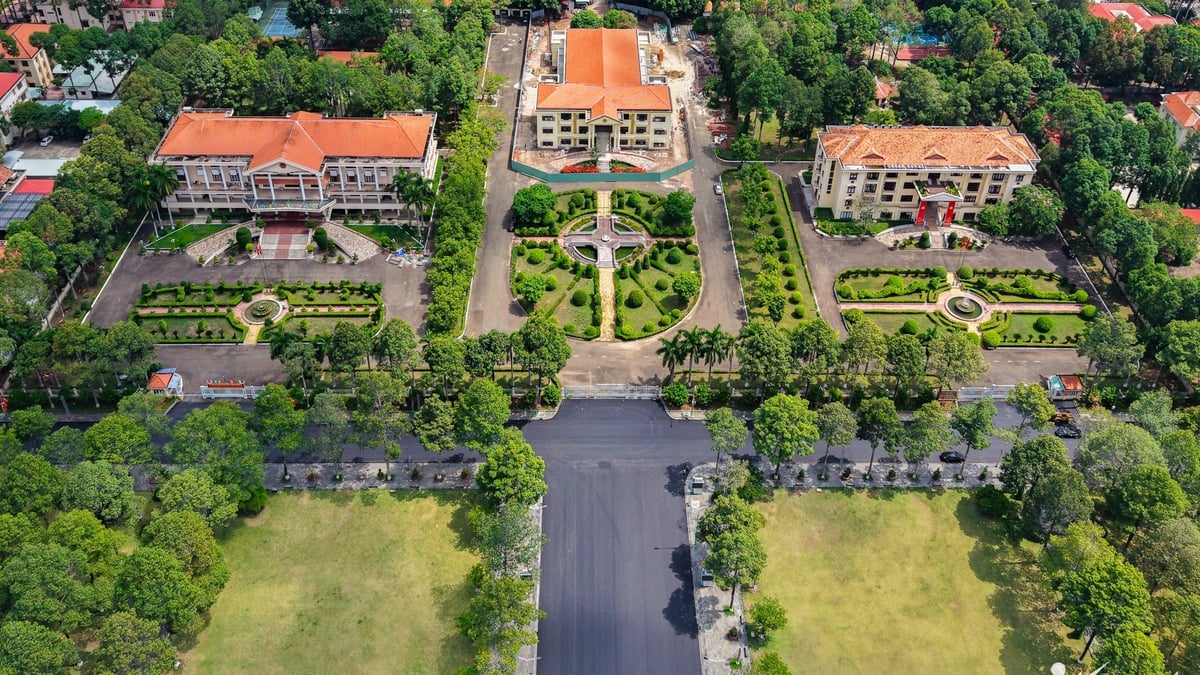


![[Photo] Prime Ministers of Vietnam and Thailand visit the Exhibition of traditional handicraft products](https://vphoto.vietnam.vn/thumb/1200x675/vietnam/resource/IMAGE/2025/5/15/6cfcd1c23b3e4a238b7fcf93c91a65dd)



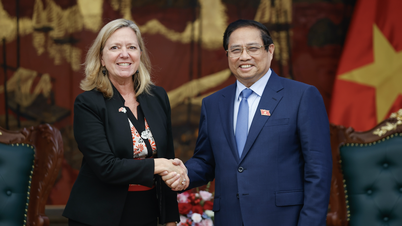



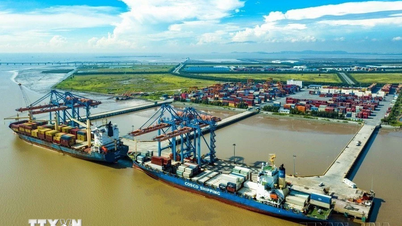







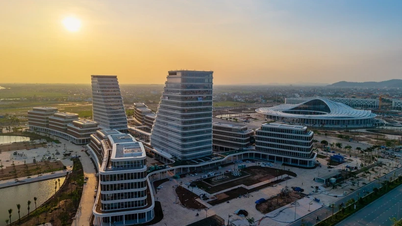
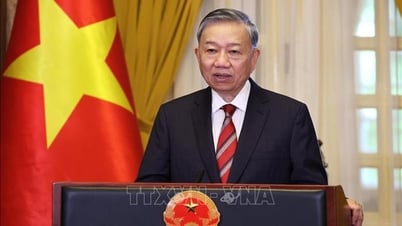

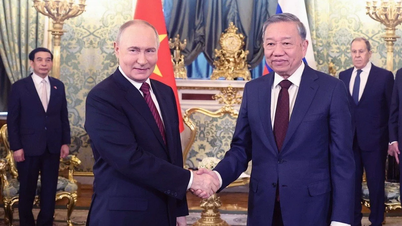










![[Photo] National Assembly Chairman Tran Thanh Man meets with Thai Prime Minister Paetongtarn Shinawatra](https://vphoto.vietnam.vn/thumb/1200x675/vietnam/resource/IMAGE/2025/5/15/e71160b1572a457395f2816d84a18b45)





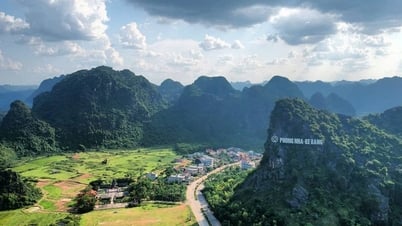

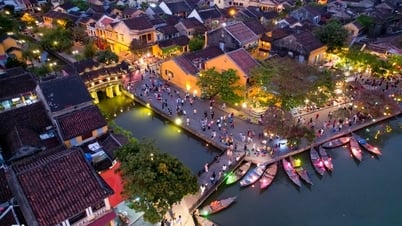

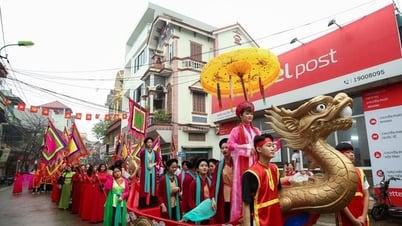



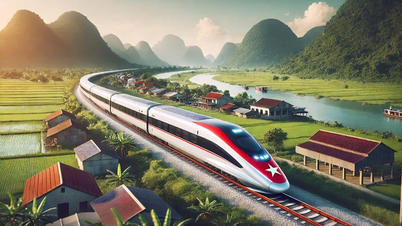

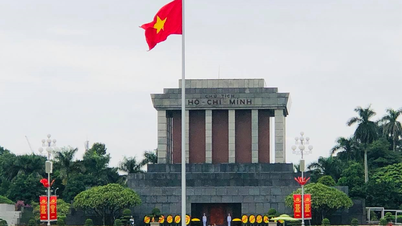

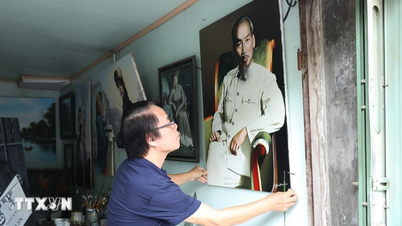
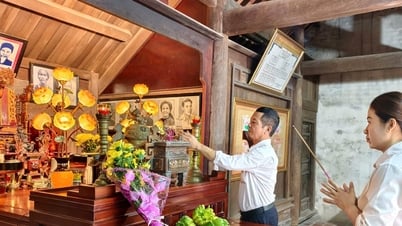






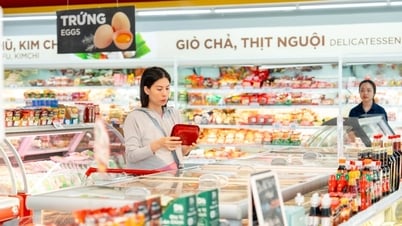
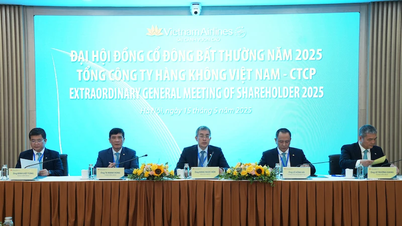

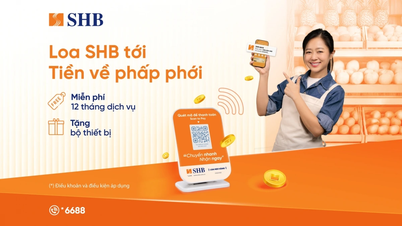




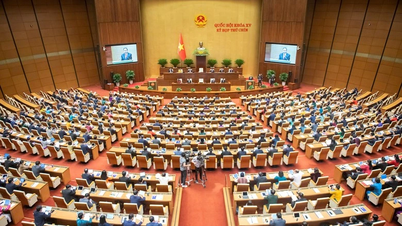

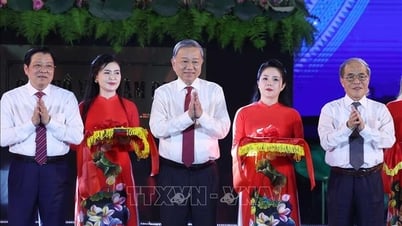



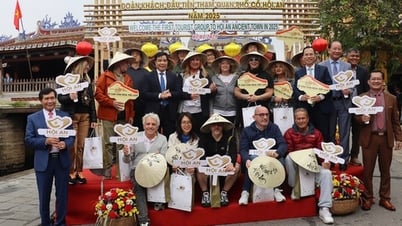














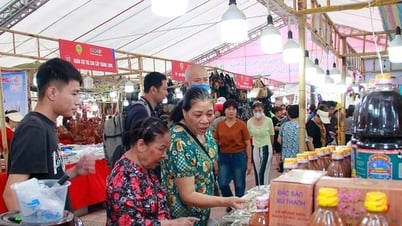







Comment (0)